We put the Oppo Reno8 5G through our rigorous DXOMARK Audio test suite to measure its performance both at recording sound using its built-in microphones, and at playing audio back through its speakers.
In this review, we will break down how it fared in a variety of tests and several common use cases.
Overview
Key audio specifications include:
- Top front-facing speaker (only for calls), bottom side-firing speaker for audio content
- No Jack audio output
- Noise reduction, double microphone
- Dirac sound enhancement technology
Scoring
Sub-scores and attributes included in the calculations of the global score.
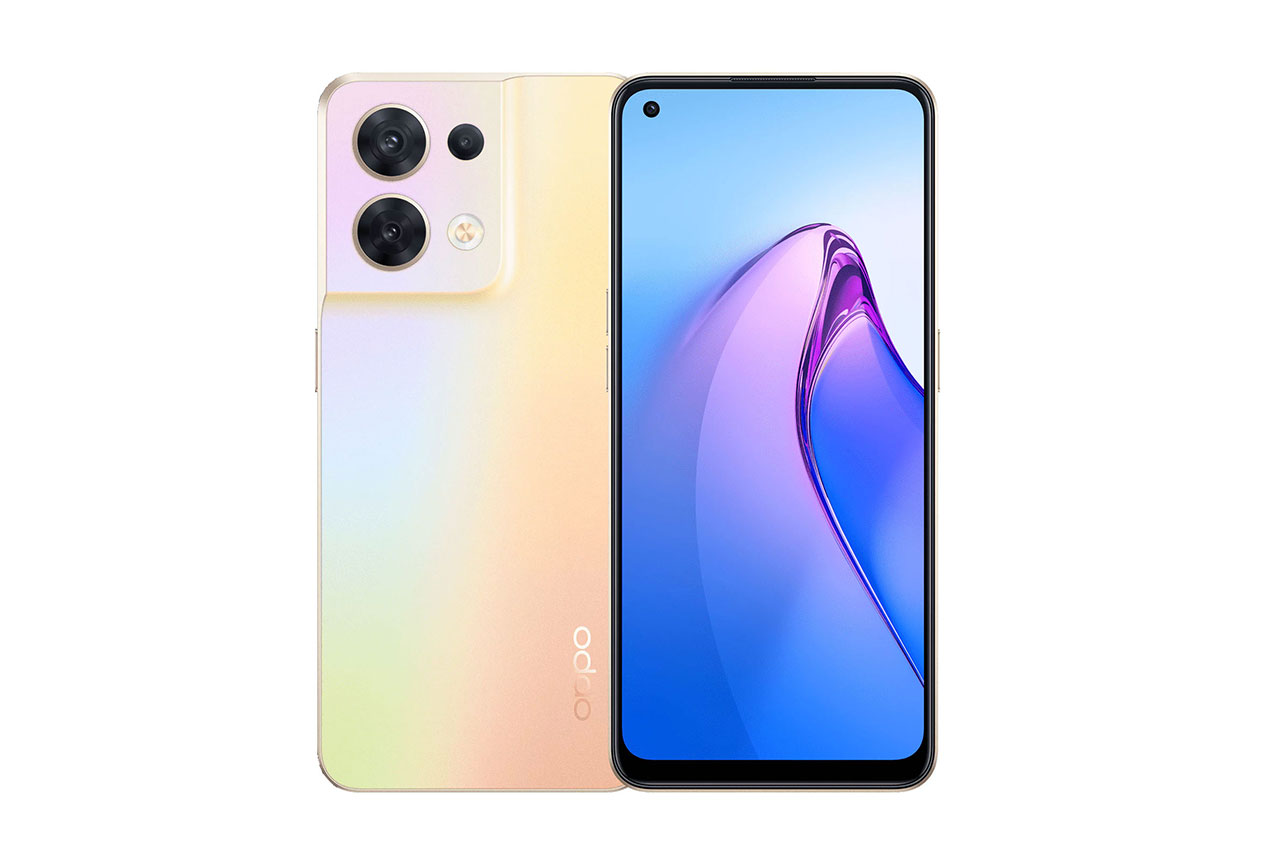
Oppo Reno8 5G


 178th
178th 29th
29thPlayback
Pros
- Decent distance rendition
- Decent maximum volume
- Acceptable volume dependency for Timbre
Recording
Pros
- Good tonal balance, homogeneous across apps and particularly shines at high SPL
- Impressive Wideness in life video and memo
- Good Dynamics performance overall
- Almost free of artifacts
Cons
- Audio zoom introduces phase problems and pumping issues
- Tonal Balance lacks low mid warmth, especially in selfie video
The Oppo Reno8 5G lags behind some of the competition in its class. However, its performance is somewhat unbalanced, with a much better performance in Recording than for playback, so depending on your needs it might still be an option to consider.
In Playback the device performs on a similar level in the movie and music use cases but does slightly better for gaming. It offers decent distance rendition and maximum volume but a single mono speaker means it’s sub-par for Spatial attributes. Dynamic and Timbre also leave room for improvement. A narrow tonal spectrum is very much focused on the midrange. Strong volume fluctuations at low volume settings can result in a very frustrating loss of information and you have to be careful not to block the only speaker with your hands while holding the phone.
The Oppo does much better as a Recording device. It performs best when recording selfie videos and memos but also does a decent job with the main camera and used to record meetings. Recordings benefit from a good tonal balance across all apps as well as excellent wideness when recording main camera video and memos. It also offers good Dynamics and ist pretty much free of sound artifacts. On the downside, the audio zoom feature can cause phase problems and pumping issues and the tonal balance could do with a little more warmth in the low mid spectrum, especially when recording selfie video clips.
Test summary
About DXOMARK Audio tests: For scoring and analysis in our smartphone audio reviews, DXOMARK engineers perform a variety of objective tests and undertake more than 20 hours of perceptual evaluation under controlled lab conditions.
(For more details about our Playback protocol, click here; for more details about our Recording protocol, click here.)
The following section gathers key elements of our exhaustive tests and analyses performed in DXOMARK laboratories. Detailed performance evaluations under the form of reports are available upon request. Do not hesitate to contact us.
Playback
Oppo Reno8 5G
163
DXOMARK engineers test playback through the smartphone speakers, whose performance is evaluated in our labs and in real-life conditions, using default apps and settings.
In Playback the Reno8 5G lags overall behind many competitors, which is mainly due to the limitations of the single mono speaker. A dull treble and total lack of lower and low bass extension mean the tonal spectrum is very narrow and the hi-midrange. In terms of Dynamics, attack is ok, although not sharp, at nominal volume and loses precision at higher volumes. Bass precision is not quite up to scratch and at low volumes bass is pretty much rendered silent on occasions.
As a mono device the Reno8 inevitably does not do well in the Spatial category. Wideness, localizability and balance are null by default. On the plus side distance rendering is decent, with better results for music than for voices. The device is not particularly loud but the steps are fairly consistent as you turn up the volume.
For Artifacts the Reno performs below the average for devices in its class. Our testers notices fluctuation at low volumes, bass compression and distortion even at nominal volume and some audio glitches that occur when pressing pause and then play. The single speaker is also very easy to cover with the your fingers when holding the phone, which is especially frustrating when playing games.
Listen to the tested smartphone’s playback performance in this comparison with some of its competitors:
Here is how the Oppo Reno 8 5G performs in playback use cases compared to its competitors:

Timbre
Oppo Reno8 5G
158
The Timbre score represents how well a phone reproduces sound across the audible tonal range and takes into account bass, midrange, treble, tonal balance, and volume dependency. It is the most important attribute for playback.

Dynamics
Oppo Reno8 5G
149
The Dynamics score measures the accuracy of changes in the energy level of sound sources, for example how precisely a bass note is reproduced or the impact sound from drums.
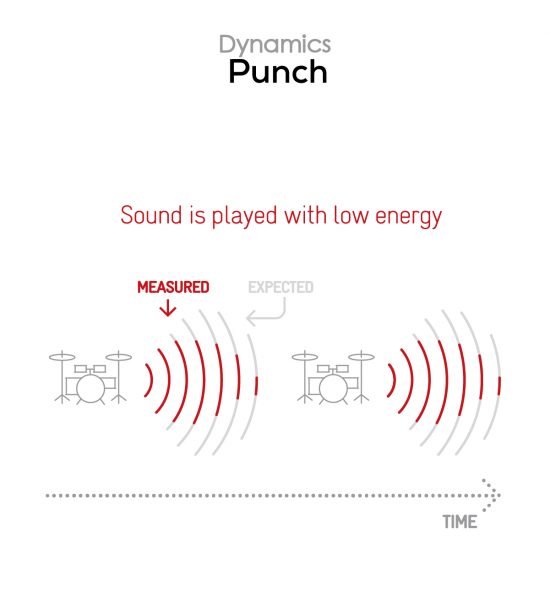


Spatial
Oppo Reno8 5G
162
The sub-attributes for spatial tests include pinpointing a specific sound's location, its positional balance, distance, and wideness.
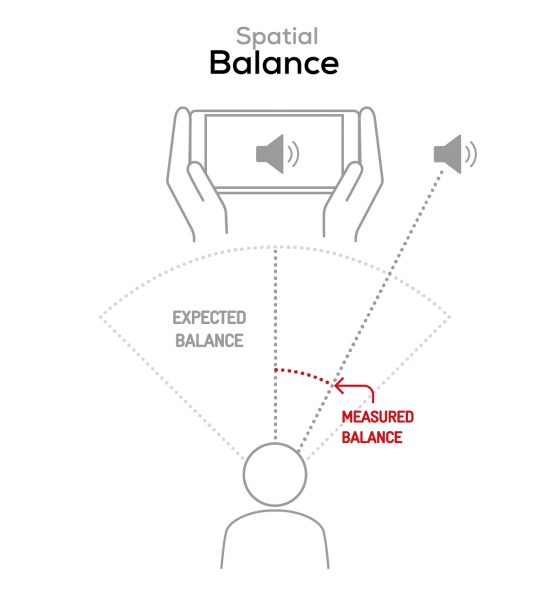
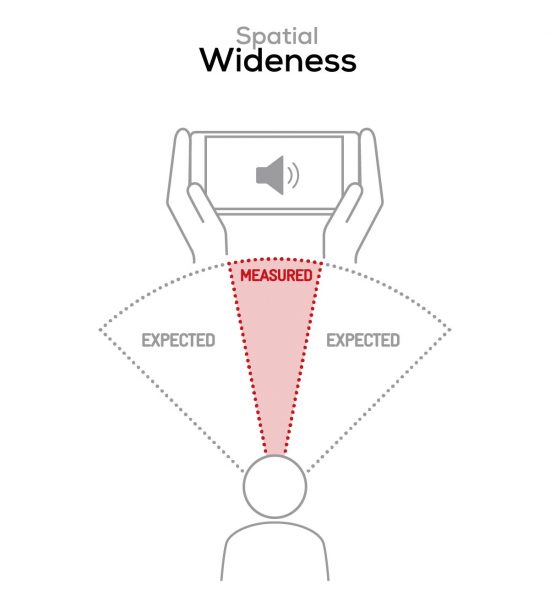

Volume
Oppo Reno8 5G
162
The Volume score represents the overall loudness of a smartphone and how smoothly volume increases and decreases based on user input.
| Hip-Hop | Classical | |
| Oppo Reno8 5G | 70.4 dBA | 72 dBA |
| Realme GT 5G | 76.2 dBA | 70.5 dBA |
| Nubia RedMagic 7 Pro | 76.4 dBA | 73.4 dBA |

Artifacts
Oppo Reno8 5G
157
The Artifacts score measures the extent to which the sound is affected by various types of distortion. The higher the score, the less the disturbances in the sound are noticeable. Distortion can occur because of sound processing in the device and because of the quality of the speakers.


It represents the distortion and noise of the device playing our test signal (0 dB Fs, Sweep Sine in an anechoic box at 40 cm) at the device's maximum volume.
Recording
Oppo Reno8 5G
160
DXOMARK engineers test recording by evaluating the recorded files on reference audio equipment. Those recordings are done in our labs and in real-life conditions, using default apps and settings.
The Reno8 5G is much better for Recording than it is for Playback, even surpassing the Reno8 Pro in this category. Tonal balance is good across all use cases and all apps we are using for the DXOMARK Audio tests. A clean treble allows for good intelligibility of voices. It’s accompanied by a natural midrange and the lower spectrum benefits from clean bass rendering. The device is especially good at high sound pressure levels, making it a good options for recording concerts and similar events. It’s worth noting that using the Audio zoom feature results in a slightly unclear midrange and super-tele zoom also loses bass and low-midrange to a degree.
The Reno8 does well for Dynamics overall, thanks to a good envelope in all use cases, with sharp and accurate attack and good voice intelligibility. The envelope remains good, even at high sound pressure levels, generating impactful dynamics with sharpness and accuracy. The Oppo also does well in the Spatial category, with impressive wideness in the main camera video and memo use cases. It’s also pretty easy to pinpoint sound sources in the stereo field and voices appear at the correct distance from the listener. Audio Zoom does well at rejecting background noise but is a little slow to kick in which can result in unwanted effects.
Recording loudness is good across all apps but increments are quite inconsistent when using Audio Zoom. On the plus side, recordings are pretty much free from artifacts and wind noise is handled pretty well. It works better for selfie video than with main camera or memo apps, though. The tonal balance of the background is good across all apps and overall background feels natural and free from resonances and artifacts.
Here is how the Oppo Reno 8 5G performs in recording use cases compared to its competitors:

Timbre
Oppo Reno8 5G
147
The Timbre score represents how well a phone captures sounds across the audible tonal range and takes into account bass, midrange, treble, and tonal balance. It is the most important attribute for recording.

Dynamics
Oppo Reno8 5G
146
The Dynamics score measures the accuracy of changes in the energy level of sound sources, for example how precisely a voice's plosives (the p's, t's and k's, for example) are reproduced. The score also considers the Signal-to-Noise Ratio (SNR), for example how loud the main voice is compared to the background noise.

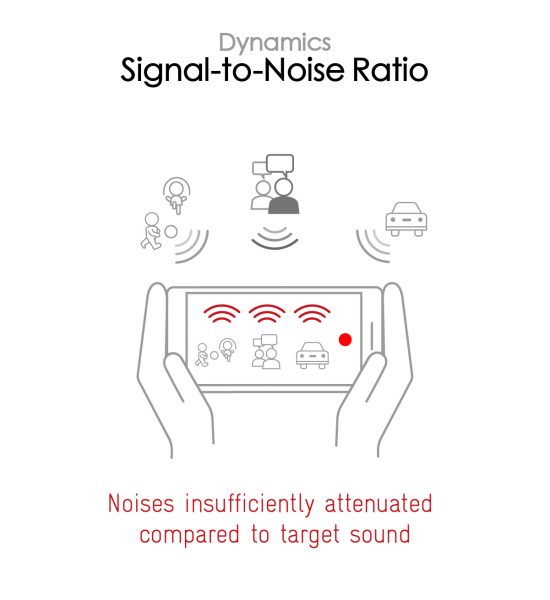

Spatial
Oppo Reno8 5G
159
The sub-attributes for spatial tests include pinpointing a specific sound's location, its positional balance, distance, and wideness on the recorded audio files.

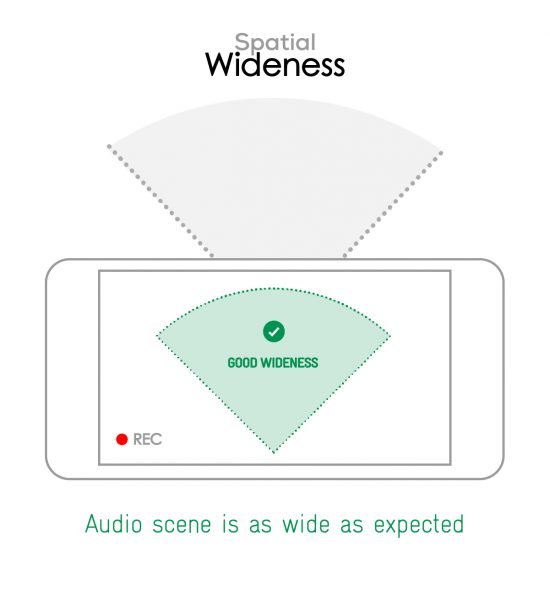

Volume
Oppo Reno8 5G
170
The Volume score represents how loud audio is normalized on the recorded files and the how the device handles loud environments, such as electronic concerts, when recording.
| Meeting | Life Video | Selfie Video | Memo | |
| Oppo Reno8 5G | -23.4 LUFS | -21.3 LUFS | -19.8 LUFS | -17.8 LUFS |
| Realme GT 5G | -19.7 LUFS | -15.1 LUFS | -14.3 LUFS | -16.7 LUFS |
| Nubia RedMagic 7 Pro | -33.6 LUFS | -25 LUFS | -20.5 LUFS | -28.1 LUFS |

Artifacts
Oppo Reno8 5G
145
The Artifacts score measures the extent to which the recorded sounds are affected by various types of distortions. The higher the score, the less the disturbances in the sound are noticeable. Distortions can occur because of sound processing in the device and the quality of the microphones, as well as user handling, such as how the phone is held.
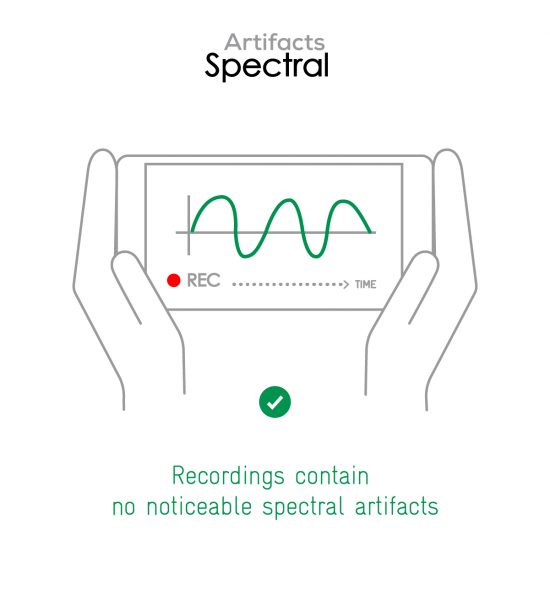
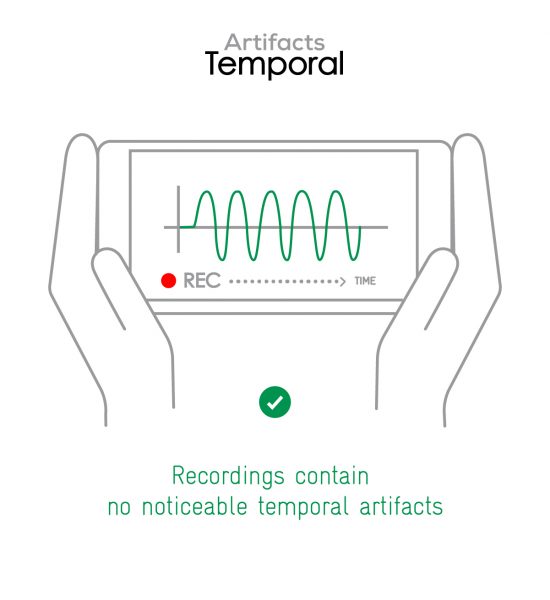
In this audio comparison, you can listen to the way this smartphone handles wind noise relative to its competitors:

Background
Oppo Reno8 5G
166
Background evaluates how natural the various sounds around a voice blend into the video recording file. For example, when recording a speech at an event, the background should not interfere with the main voice, yet it should provide some context of the surroundings.




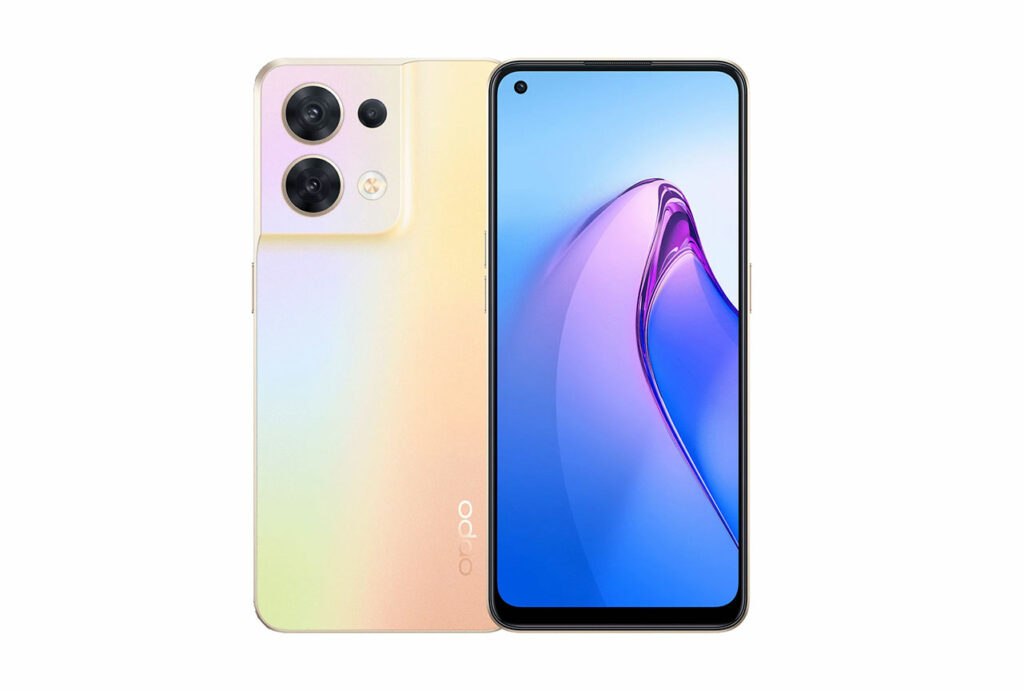
DXOMARK encourages its readers to share comments on the articles. To read or post comments, Disqus cookies are required. Change your Cookies Preferences and read more about our Comment Policy.